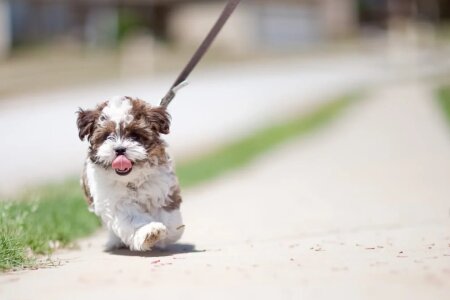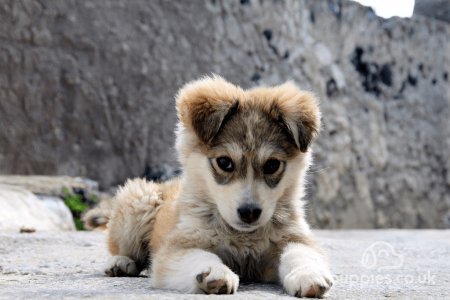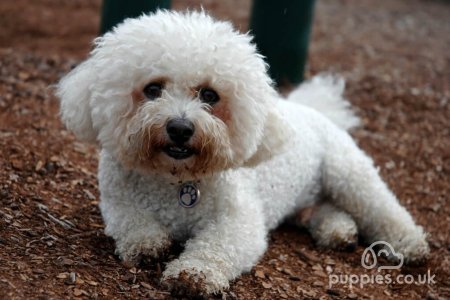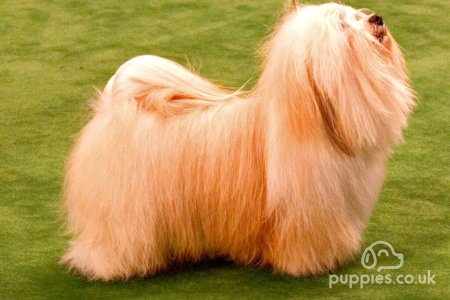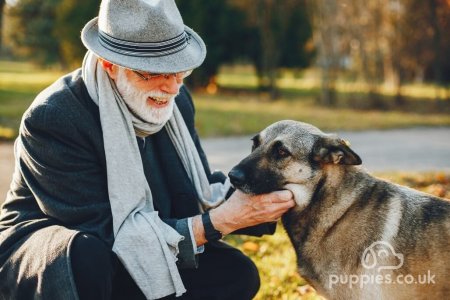10 Japanese Dog Breeds to Fall in Love With
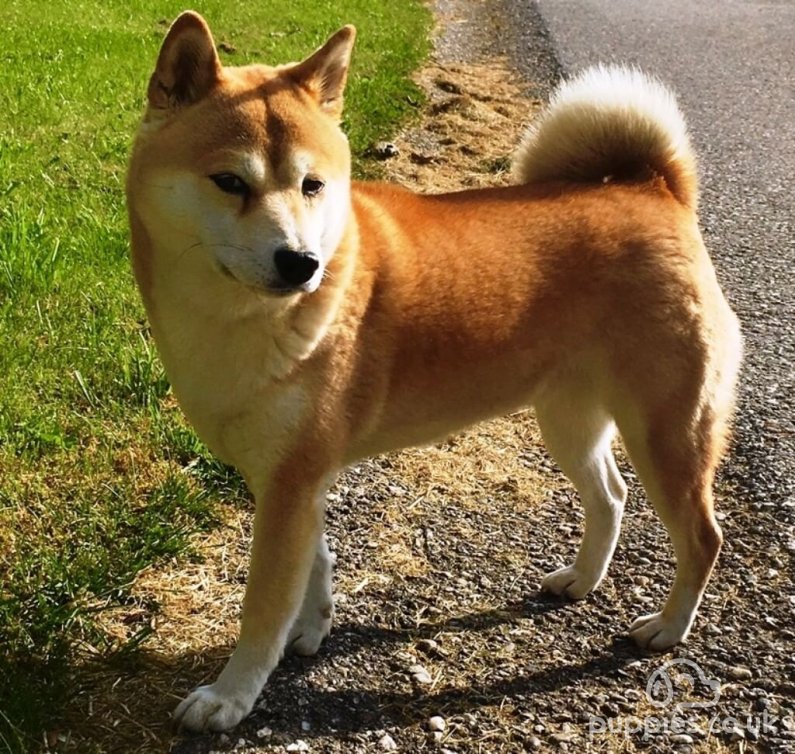
Japanese dog breeds are among the oldest breeds in the world, some can be traced back thousands of years. Many Japanese dogs are incredibly cute with fluffy fur, curly tails and pointed ears. They often have serious, protective characters but are very affectionate with their family.
Japanese dogs are hugely popular, even to the point of being legendary, but they are rarely found outside of Japan. Several native breeds have even been designated as National Monuments which is why they are rarely exported out of the country.
1. Shiba Inu
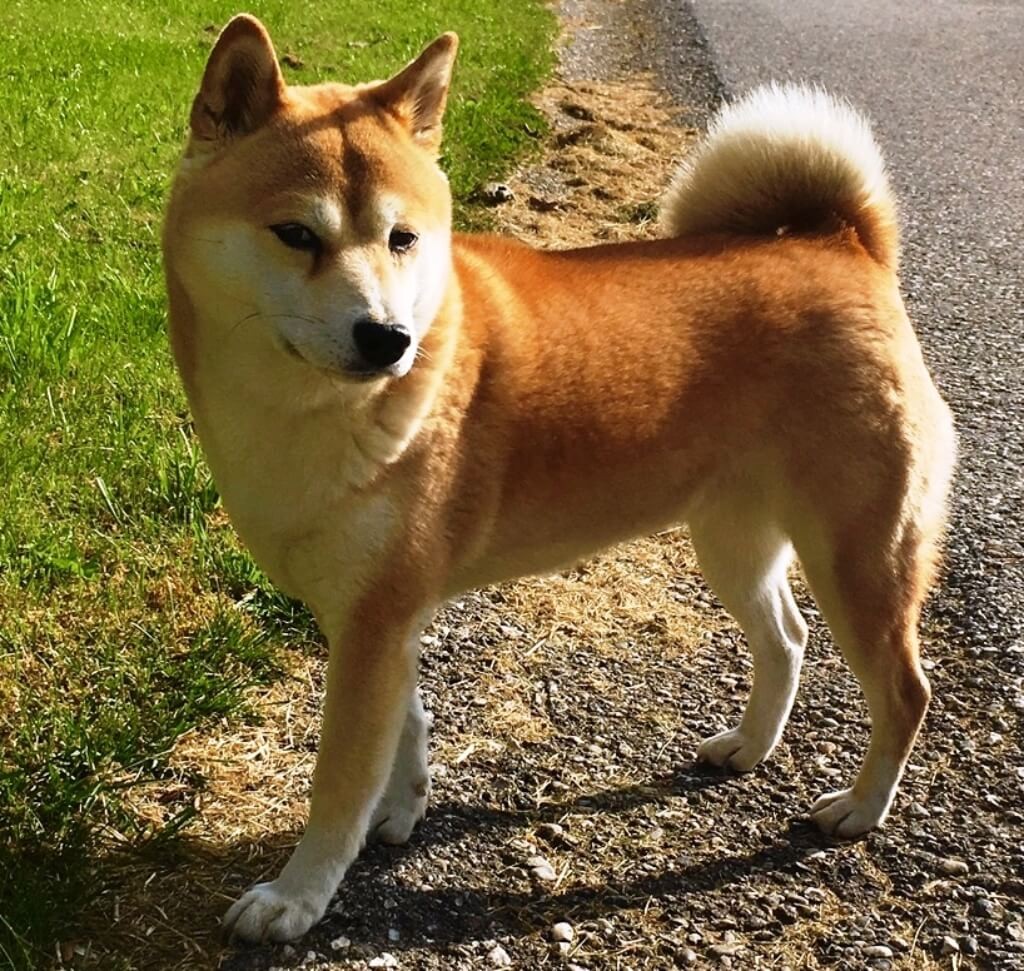
Attribution 4.0 International (CC BY 4.0) - Naturpuur
Size: 33 - 41cm
Weight: 6 - 11kg
Character: Intelligent, cheeky, alert, loyal
Colour: Red, Red & White, Sesame, White, Black & Tan
Life Expectancy: 12 - 15 years
About Shiba Inus
Shiba Inu means “small dog” in Japanese, and this breed is one of the smallest of the spitz-type dogs. The Shiba Inu is an ancient breed that can be traced back thousands of years.
During the Second World War, the Shiba Inu breed was almost driven to extinction but their numbers have increased significantly since the end of the war. The Shiba Inu is now one of the most popular companion dogs in Japan and has worldwide popularity thanks to their adaptability and charming personality.
Want to know more about this breed? Check out our complete guide on Shiba Inus.
2. Akita Inu
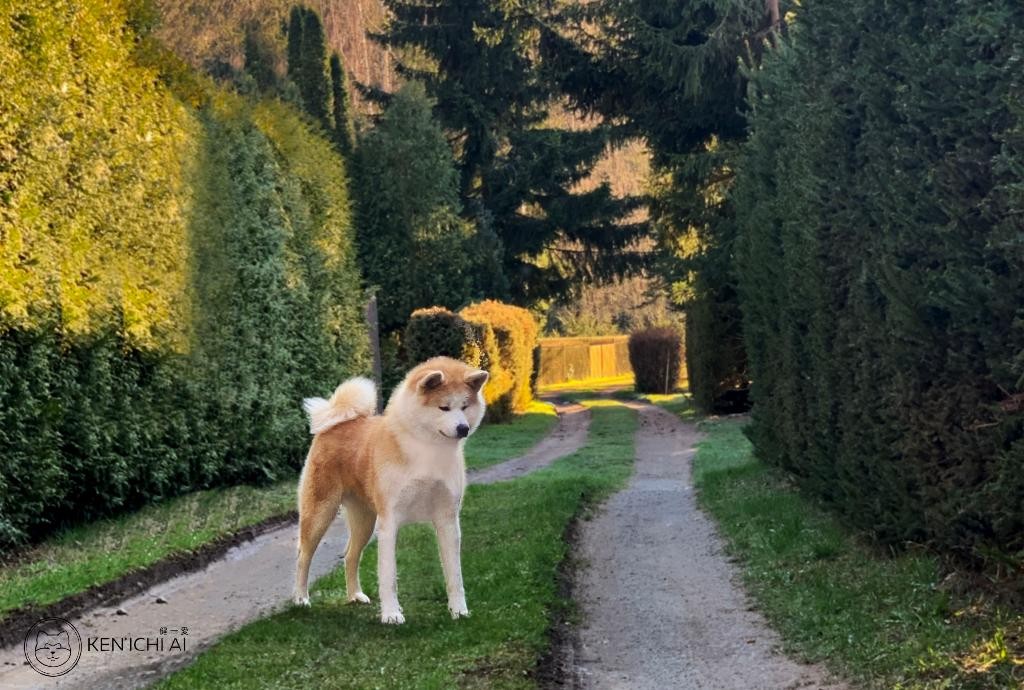
Attribution-ShareAlike 4.0 International (CC BY-SA 4.0) - KenIchiAi
Size: 58 - 68cm
Weight: 34 - 54kg
Character: Loyal, quiet, powerful, playful, territorial
Colour: Brindle, Sesame, Red Fawn, White
Life Expectancy: 11 - 15 years
About Akita Inus
Arguably one of the most iconic Japanese dog breeds, the Akita Inu was declared Japan’s national dog in 1931. The Akita Inu is a large, powerful Spitz breed that originates from Akita, the most northerly region of Japan.
Originally, the Akita Inu breed is believed to have been used to hunt large game, they were also used as fighting dogs and guard dogs. The Akita Inu is one of the oldest native breeds in Japan and, although their numbers dropped during the war, the breed numbers are now stable.
Hachiko is a famous Akita who waited for his owner at the train station when he was due back from work. After his owner passed away, Hachiko returned to the station every day for 10 years.
Want to know more about this breed? Check out our complete guide on Akita Inus.
3. Hokkaido Inu
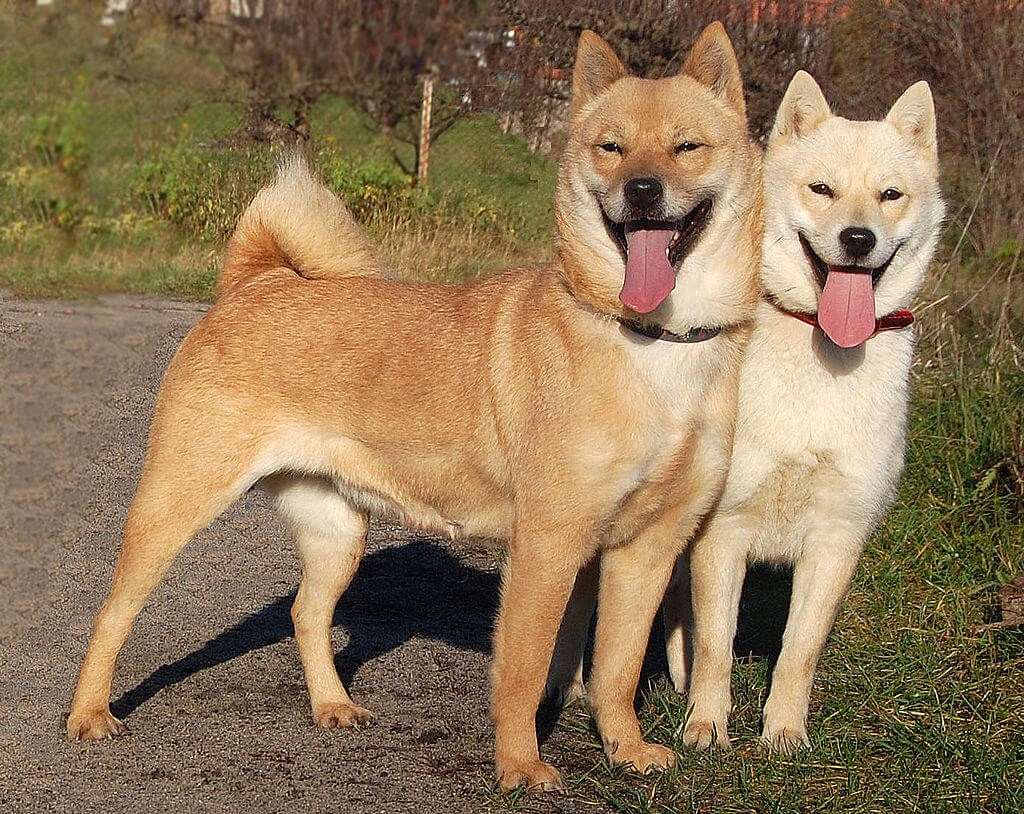 Attribution-ShareAlikeTerms 3.0 Norway (CC BY-SA 3.0 NO) - Magdalena Niemiec
Attribution-ShareAlikeTerms 3.0 Norway (CC BY-SA 3.0 NO) - Magdalena Niemiec
Size: 45 - 55cm
Weight: 20 - 29kg
Character: Fearless, active, intelligent, affectionate, playful
Colour: White, Red, Sesame
Life Expectancy: 10 - 13 years
About Hokkaido Inus
The Hokkaido Inu is one of the most ancient Japanese dog breeds and can be traced back over 3,000 years. The Hokkaido Inu is a rare breed that is hardly ever found outside of Japan.
Japan declared the Hokkaido Inu a national monument in 1937 meaning they are considered a rare species that should be protected. One thing that differentiates this breed from some other Japanese breeds is the double coat which means they are able to handle colder climates.
4. Japanese Spitz
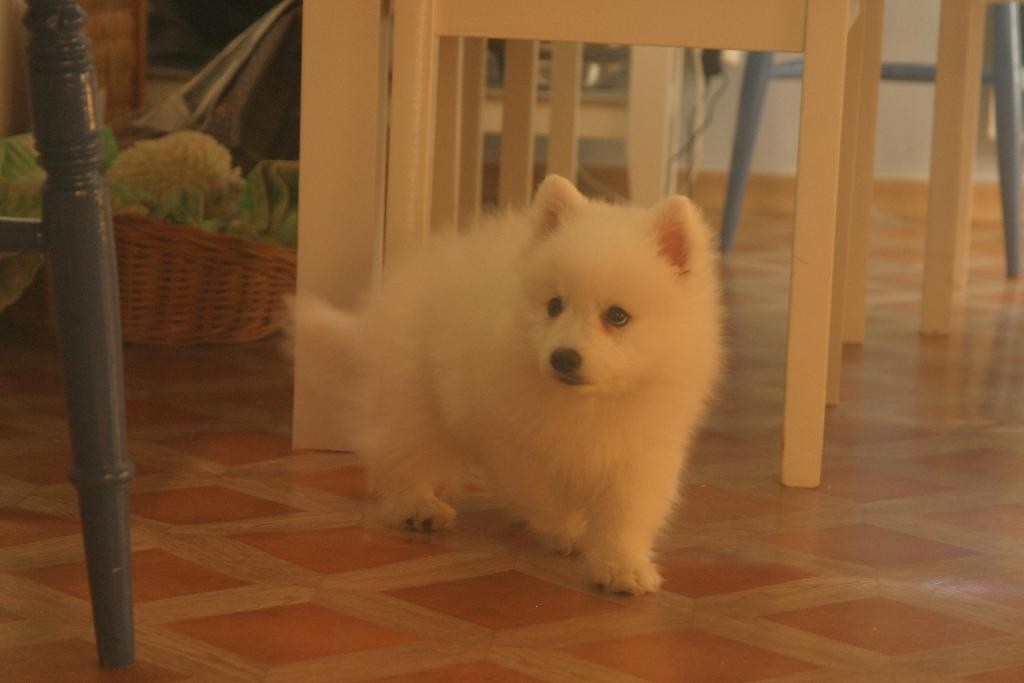
Attribution-ShareAlike 4.0 International (CC BY-SA 4.0) - Anonharuhi
Size: 30 - 36cm
Weight: 6 - 7kg
Character: Devoted, confident, independent, stubborn, playful
Colour: White
Life Expectancy: 12 - 15 years
About Japanese Spitz
The Japanese Spitz breed is thought to descend from the German Spitz as well as other breeds such as the Samoyed. The Japanese Spitz breed was further developed in 1920 - 1930 through crossbreeding and was gradually bred to become the smaller size we see today.
In the 1950s the Japanese Spitz was introduced to the UK and has since become a popular breed around the world. Japanese Spitz are renowned for their impressive white coat and the breed is always a favourite at dog shows.
Want to know more about this breed? Check out our complete guide on Japanese Spitz.
5. Shikoku
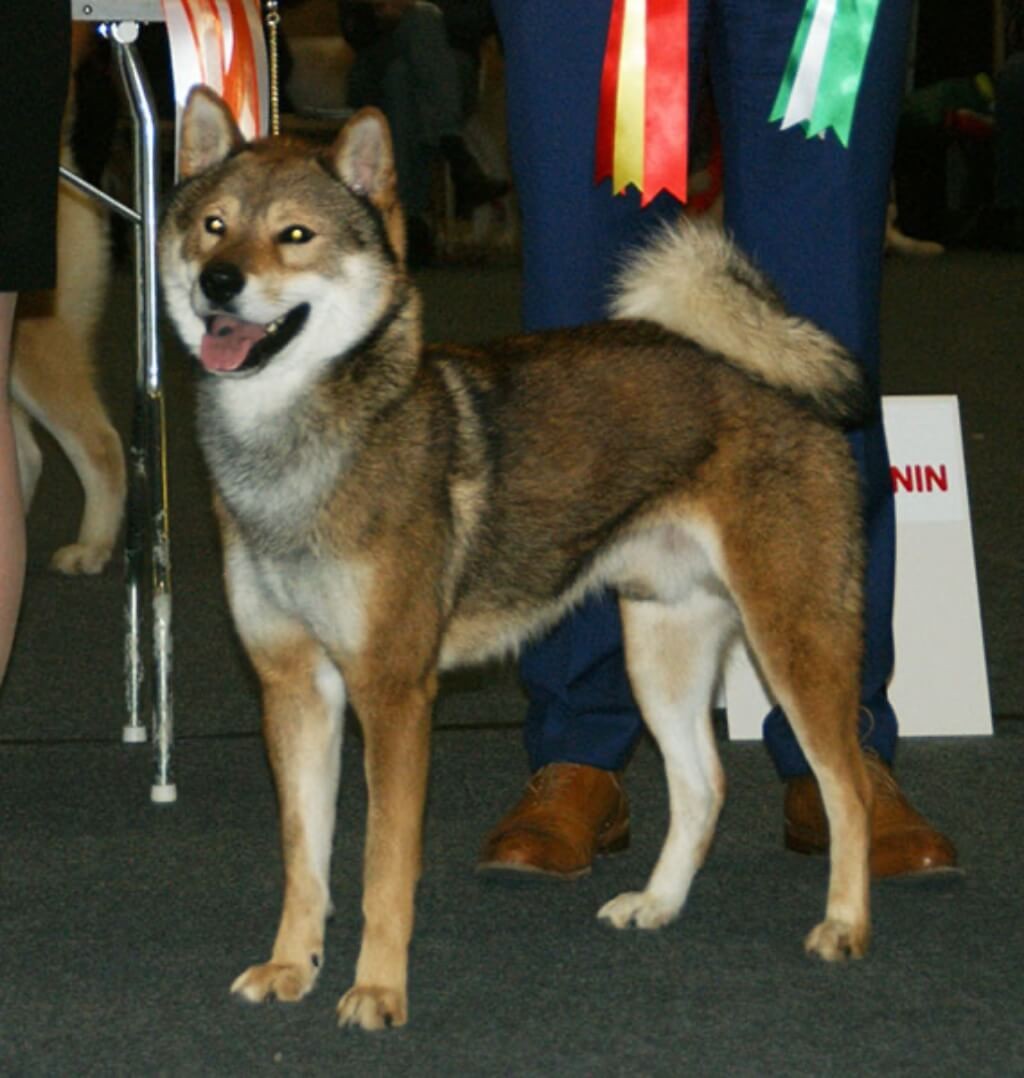
Attribution-ShareAlike 4.0 International(CC BY-SA 4.0) - Canarian
Size: 43 - 53cm
Weight: 13 - 25kg
Character: Lively, loyal, brave, active, intelligent
Colour: Sesame, Red, Black & Tan, White
Life Expectancy: 10 - 12 years
About Shikokus
The Shikoku breed (sometimes called Shikoku Ken or Kochi Ken) is physically similar to the Akita Inu and Shiba Inu with a curved tail and pointed ears. It originates from the mountainous region of the island of Shikoku in Japan.
The Shikoku breed dates back to ancient times and was originally bred for boar hunting in the mountainous regions of Kochi Prefecture. It is believed to be a primitive dog breed and is not widely recognised elsewhere. Even in Japan, Shikokus are rare and hard to find.
The Shikoku breed was declared a National Monument in 1937.
6. Japanese Terrier
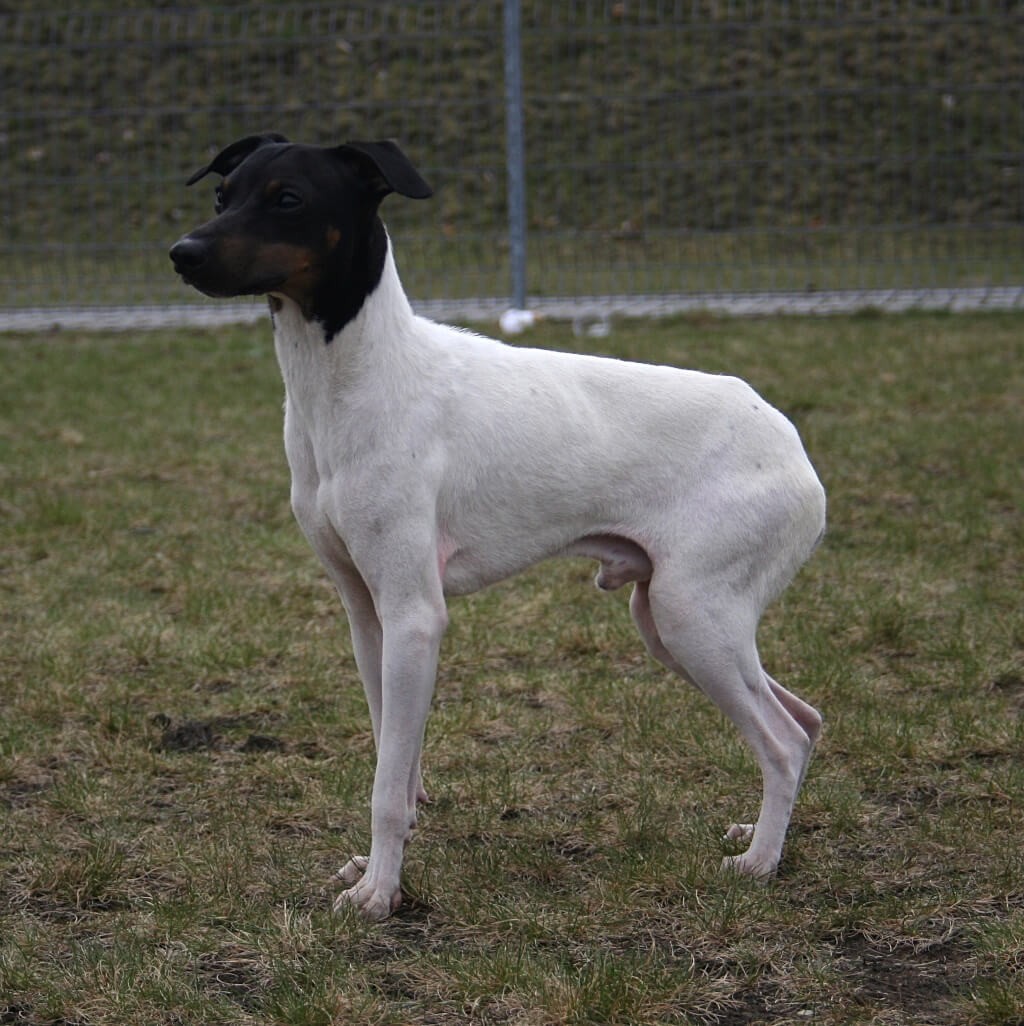
Attribution-ShareAlike 3.0 Unported (CC BY-SA 3.0) - Pleple2000
Size: 28 - 33cm
Weight: 4.5 - 5.5kg
Character: Independent, reserved, curious, active
Colour: Black, Tan & White, White
Life Expectancy: 9 - 11 years
About Japanese Terriers
Japanese Terriers were first seen in the 17th century when Fox Terriers were bred with native Japanese dogs. The terriers quickly became popular as companion dogs and it is believed Japanese Terriers have always been kept as pets rather than working dogs.
The breed was not widespread in Japan until around 1940 when small, active dogs were in high demand. In the rest of the world, Japanese Terriers are not well known and are rarely seen.
7. Kai Ken
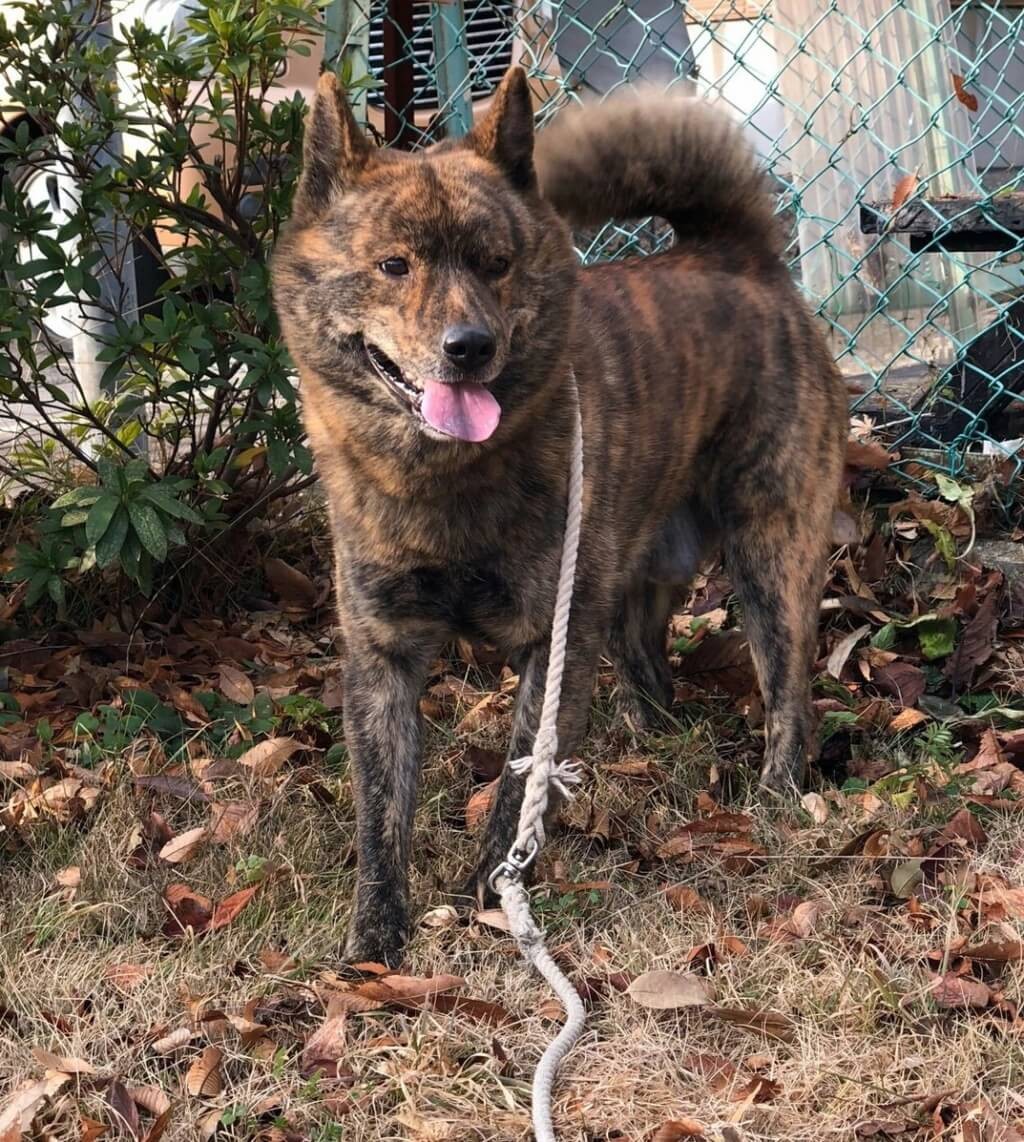
Attribution-ShareAlike 4.0 International(CC BY-SA 4.0) - Kei87c1
Size: 38 - 48cm
Weight: 11 - 16kg
Character: Athletic, intelligent, loyal, agile
Colour: Brindle, Red Brindle, Black Brindle
Life Expectancy: 12 - 15 years
About Kai Kens
The Kai Ken breed is one of the six native Japanese breeds and was traditionally used for hunting game in mountainous regions. The Kai Ken got their name from the Kai province and the agile breed quickly became well known from 1929 onwards.
Kai Kens are rare, even in Japan, and in 1933 the Japanese government declared the Kai Ken a natural monument.
8. Japanese Chin
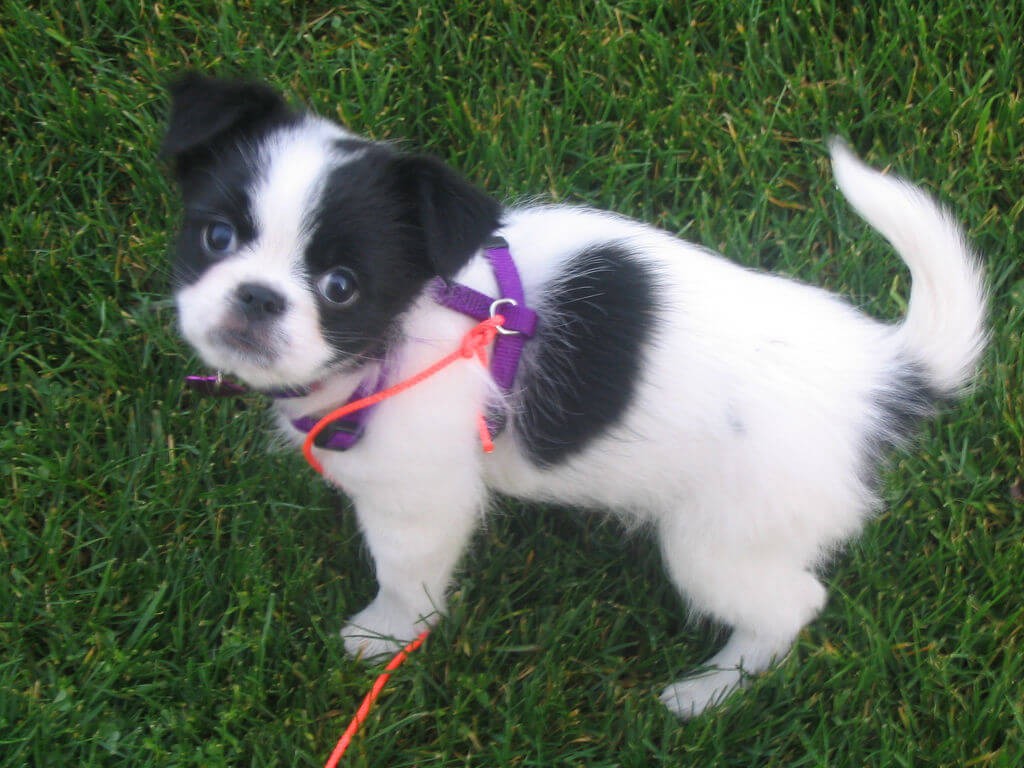
Attribution 2.0 Generic (CC BY 2.0) - Rachel Harris
Size: 20 - 25cm
Weight: 3 - 5kg
Character: Loving, noble, charming
Colour: Black & White, Lemon & White, Red & White, Sable & White, Black & White, Black Tan & White
Life Expectancy: 10 - 12 years
About Japanese Chins
The Japanese Chin breed has unknown beginnings but it is believed to have originated from China or Korea. The Chin was introduced to Japan between 500 - 1,000 years ago and the breed became popular with Japanese nobility and people of influence.
The breed name was changed from Japanese Spaniel to Japanese Chin in 1977.
Want to know more about this breed? Check out our complete guide on Japanese Chins.
9. Kishu
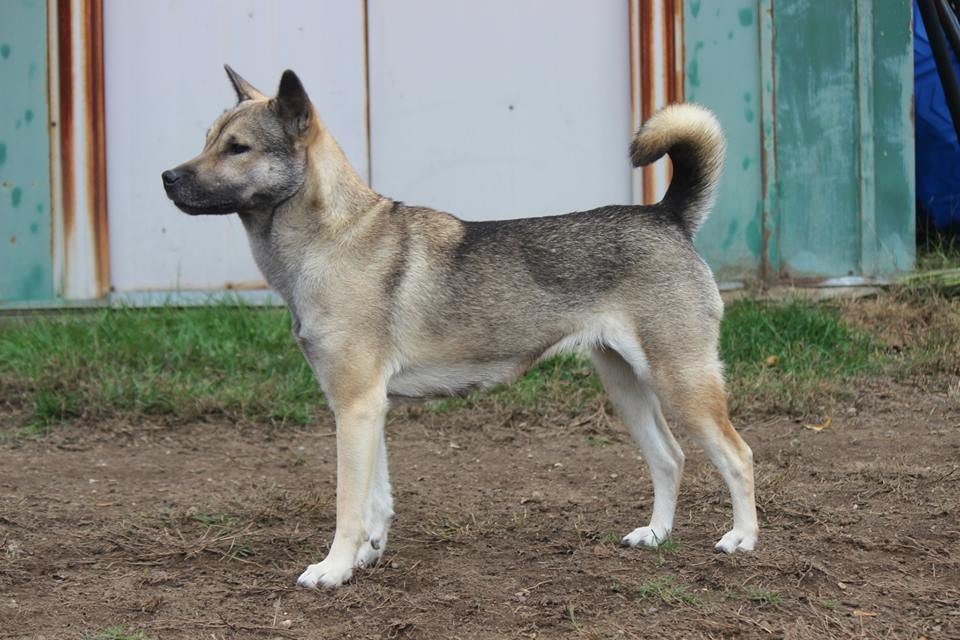
Attribution-ShareAlike 4.0 International (CC BY-SA 4.0) - CJ Hammond
Size: 48 - 55cm
Weight: 13 - 27kg
Character: Good-natured, confident, alert, affectionate, faithful
Colour: Red, White, Sesame
Life Expectancy: 12 - 15 years
About Kishus
The Kishu breed was developed from Japan's ancient hunting dogs. The breeding and development of the Kishu took place in Wakayama, a region in Japan. Before 1934, some Kishus had spotted and brindle coats but as solid colours were preferred the spotted coat was no longer seen after 1945.
In 1934, the Kishu breed was designated a “Memorial of Nature” in Japan. The Kishu is rarely seen outside of Japan.
10. Ryukyu Inu
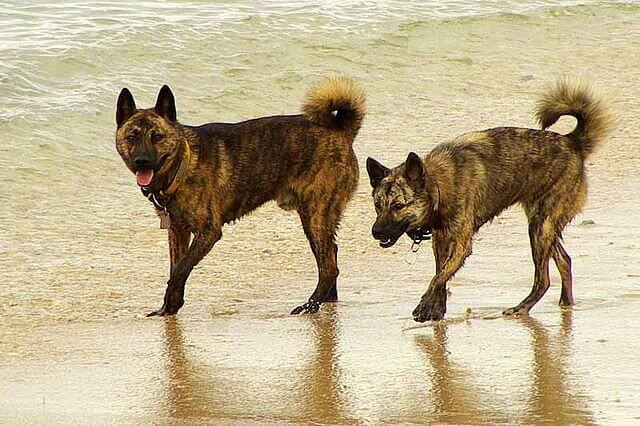
Attribution-ShareAlike 3.0 Unported (CC BY-SA 3.0) - Ryukyu Mike
Size: 43 - 50cm
Weight: 17 - 22kg
Character: Courageous, docile, confident
Colour: Brindle, Black, White, Sesame, Ivory, Liver, Red
Life Expectancy: 12 - 13 years
About Ryukyu Inus
The Ryukyu Inu originates from Okinawa, a southern island of Japan and is considered a national treasure of the island. Ryukyu were bred for tracking and hunting wild boars. The dewclaw on the back of the Ryukyu's paw gives them the ability to climb trees.
The Ryukyu breed is rare and, as they are not the most popular Japanese dog breed, their numbers are not increasing.
Getting A Japanese Dog
Japanese Dogs are fantastic companions but they can be rare and hard to find. As it is difficult to find some of these Japanese dog breeds outside of Japan some people decide to import them.
Bringing a Japanese dog back to the UK comes with its own challenges, it is often expensive and can be difficult to organise.
Some breeders won’t export certain Japanese breeds as they are considered national treasures. If the breeder is willing to export the breed you want, there will be a number of costs involved, such as:
Shipping costs
Vaccinations
Microchip
Dog crate
Kennel fees
Export pedigree
Animal Quarantine inspection
The total cost depends on the size of the dog and where you are exporting the dog from. The UK has a number of rules and regulations in place relating to the import of dogs and you will need to make sure all documents are in order for your new dog to be allowed into the country.
There are occasionally Japanese dog breeds available in the UK too, take a look on Puppies to find responsible breeders and available puppies.
Japanese Dog Names
Found the Japanese dog for you? Take a look at these popular Japanese dog names to help you find the one that best suits your new family member.
Japanese Names For Male Dogs
Yoshi
Koji
Kotaro
Leo
Kenzo
Japanese Names For Female Dogs
Sakura
Momo
Hana
Nana
Kurumi






